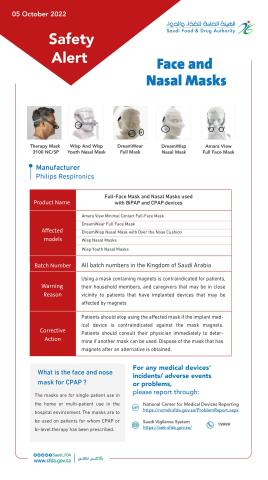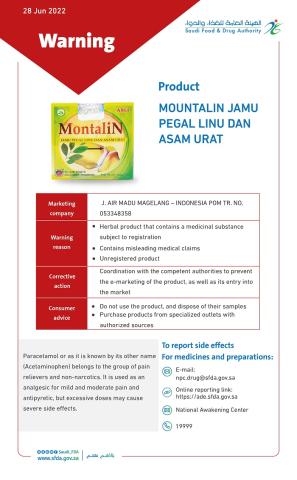The Food and Drug Administration (FDA) today announced that it has moved closer to identifying the source of illness for the Taco John E.coli outbreak. FDA and the state of California, working in conjunction with state health officials in Minnesota, Iowa, and Wisconsin, have DNA-matched the strain of E.coli0157:H7 bacteria associated with the outbreak with tow environmental samples gathered from dairy farms near a lettuce growing area in California's Central Valley.
The investigation is ongoing, including obtaining additional samples, to determine if and how material from the dairy farms may have contaminated the lettuce growing area.
FDA has no indication that any lettuce currently on the market, including iceberg lettuce, is connected with any consumer illness. This outbreak is not connected to any previous outbreak.
The outbreak sickened approximately 81 individuals in November and December of 2006. Illnesses were reported in Minnesota (33), Iowa (47), and Wisconsin (1). Twenty-six people were hospitalized, and tow suffered hemolytic uremic syndrome, a serious complication of E.coli0157:H7 infection that can cause permanent kidney damage and death. No deaths have been associated with the outbreak. No new cases of illness are being reported and the outbreak is now considered over.
Epidemiological studies by Minnesota and Iowa health officials had previously identified shredded iceberg lettuce served in the restaurants as the likely vehicle of transmission in the outbreak. FDA was able to focus on specific lettuce growing regions based on the traceback from records obtained from the lettuce processor. The recent DNA match provides a clue as to one possible source of the contamination for the lettuce, although others may exist. It has yet to be determined how the E.coli contaminated the lettuce. The traceback investigation is ongoing and will hopefully yield further insight into how this contamination occurred.
In the wake of recent outbreaks of consumer illness connected with fresh produce, FDA will accelerated its efforts to address produce safety, including consideration of new regulations, if appropriate, to reduce risk of contamination by pathogens.
In the near future, FDA plans to announce public meetings specifically to involve all stakeholders in identifying and initiating measures that will improve the safety of fresh produce marketed in the U.S. commerce.



